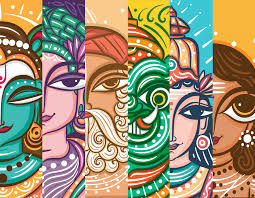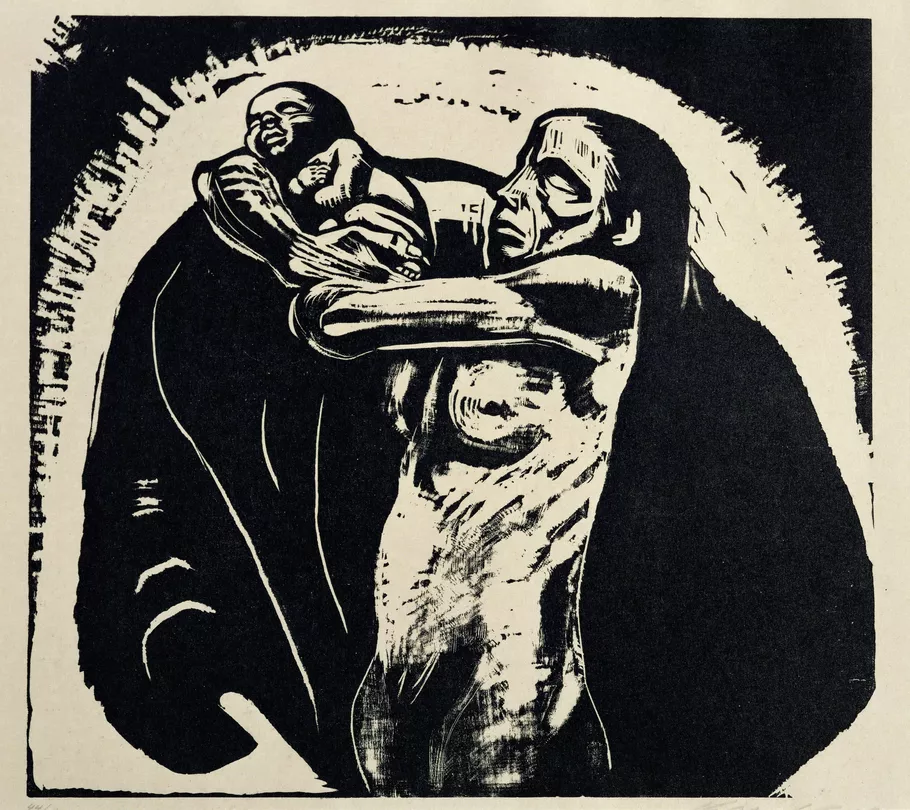
Menu

German Expressionism was a groundbreaking art movement that emerged in the early 20th century, marked by raw emotional power, bold colors, and stark, dramatic forms. Rejecting academic realism, these artists sought to express inner feelings, anxieties, and the turbulence of modern life. Their work often critiqued industrialization, war, and alienation, making the art deeply personal yet socially engaged.
Two key groups defined the movement: Die Brücke (“The Bridge”), founded in Dresden in 1905, and Der Blaue Reiter (“The Blue Rider”), active in Munich from 1911. Die Brücke artists like Ernst Ludwig Kirchner and Emil Nolde used jagged lines and lurid colors to convey psychological tension and primal energy. In contrast, Der Blaue Reiter, with figures like Wassily Kandinsky and Franz Marc, embraced abstraction and spiritual symbolism, aiming to evoke inner truths beyond the visible world.
German Expressionism also found powerful voices in printmaking, sculpture, and theatre. Käthe Kollwitz created devastatingly empathetic prints of poverty, war, and grief, while Expressionist theatre used distorted sets and stylized acting to evoke mood over realism. The style even influenced early cinema—films like The Cabinet of Dr. Caligari remain icons of Expressionist aesthetics with their twisted sets and unnerving shadows.
Though the movement was interrupted by World War I and later condemned as “degenerate art” by the Nazis, German Expressionism left a lasting mark on modern art. Its fearless embrace of emotion and critique of society inspired movements like Abstract Expressionism and remains influential today. For viewers, these works are not just paintings but emotional landscapes—windows into the artist’s mind and the fractured spirit of an age.

@THE INDIAN ART COTTAGE
© The Indian Art Cottage | All Rights Reserved | 2025